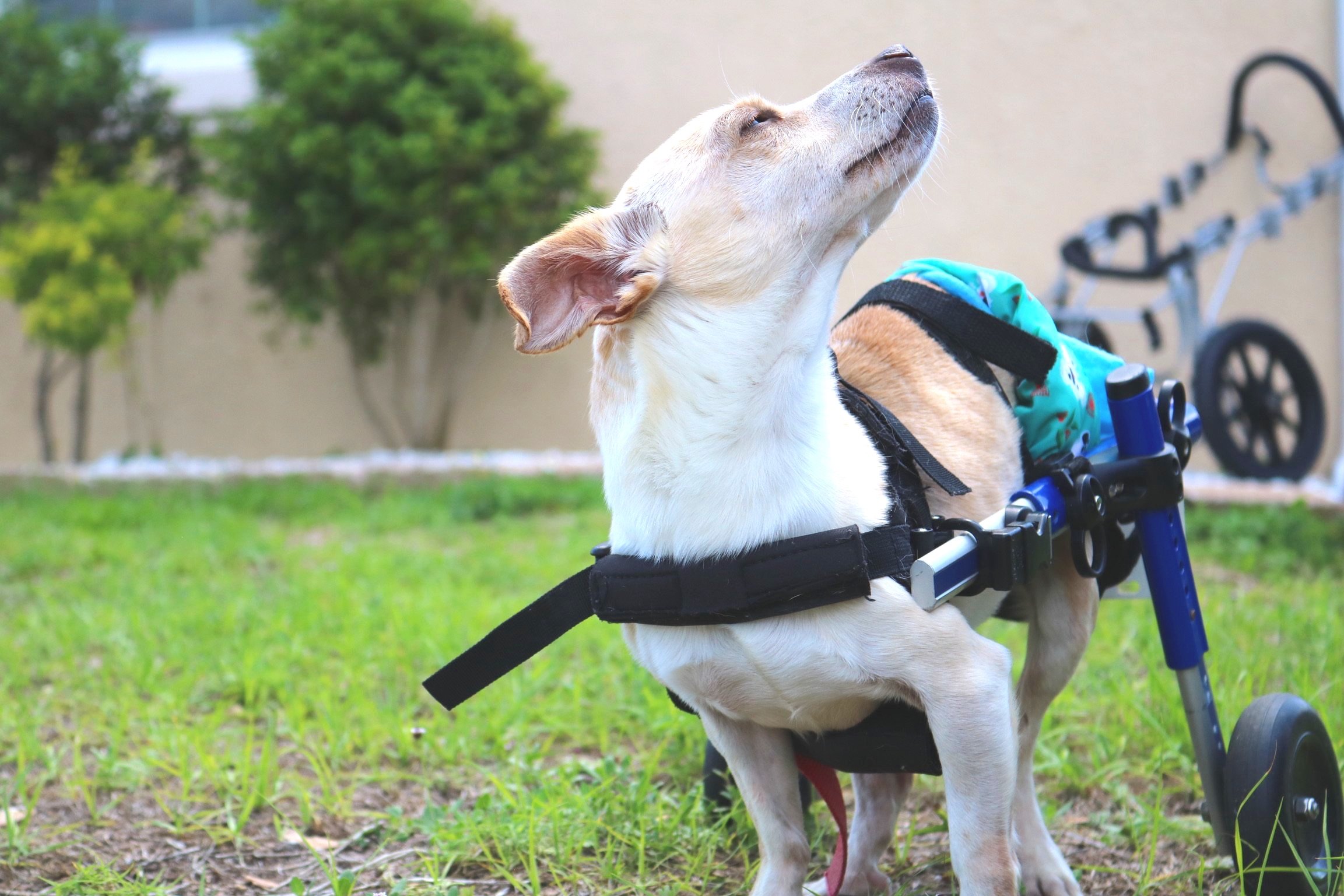Thailand dog charity has a significant stray dog population, posing challenges for animal welfare and public health. Dog charities in Thailand play a crucial role in addressing these issues, offering solutions that transform the lives of stray dogs and the communities they inhabit. This article explores the profound impact of these organizations, highlighting their efforts in rescue, rehabilitation, and education
The Plight of Stray Dogs in Thailand
The Magnitude of the Problem
Thailand's stray dog population is estimated to be in the millions, with urban and rural areas alike facing the challenges of overpopulation. Stray dogs often suffer from malnutrition, diseases, and injuries, creating a cycle of suffering that also affects the local communities.
Health and Safety Concerns
Stray dogs can carry diseases such as rabies, posing a threat to both human and animal populations. The presence of these animals can also lead to traffic accidents and altercations, making it a public safety issue. Addressing the stray dog crisis is not just an animal welfare concern but a public health imperative.
The Role of Dog Charities in Thailand
Rescue and Rehabilitation
Rescue Operations
Thailand dog charities undertake extensive rescue operations to save stray dogs from the streets. These operations often involve coordinating with local authorities and communities to identify and safely capture stray dogs in need.
Rehabilitation Programs
Once rescued, stray dogs undergo rehabilitation programs. These programs include medical treatment for injuries and diseases, vaccinations, and neutering/spaying to prevent further overpopulation. Rehabilitation also involves socialization efforts to help dogs adjust to human interaction, increasing their chances of adoption.
Adoption and Rehoming
Creating New Beginnings
Adoption initiatives are a cornerstone of many Thai dog charities. These organizations work tirelessly to find loving homes for rehabilitated dogs, both locally and internationally. Adoption not only gives stray dogs a second chance at life but also helps reduce the stray population sustainably.
Fostering Programs
Fostering programs are another vital aspect, providing temporary homes for dogs while they await permanent adoption. These programs offer dogs a stable environment to recover and thrive, making them more adoptable.
Educational and Community Outreach
Raising Awareness
Public Education Campaigns
Education is crucial in changing attitudes towards stray dogs. Charities conduct public education campaigns to raise awareness about the humane treatment of animals, the importance of vaccinations, and the benefits of neutering/spaying.
School Programs
Many organizations also implement educational programs in schools, teaching children about animal welfare and responsible pet ownership. These programs aim to instill compassion and empathy in the younger generation, fostering a more humane society.
Community Involvement
Volunteer Programs
Volunteer involvement is essential for the success of dog charities. These programs engage local and international volunteers in various activities, from rescue missions to daily care tasks at shelters. Volunteering helps build a sense of community and shared responsibility towards stray dogs.
Partnerships with Local Authorities
Collaborating with local authorities enhances the effectiveness of dog charities. These partnerships often lead to more efficient rescue operations, better access to resources, and stronger enforcement of animal welfare laws.
Innovative Approaches and Success Stories
Mobile Clinics and Vaccination Drives
Reaching Remote Areas
Mobile clinics and vaccination drives are innovative solutions to reach remote areas with limited access to veterinary services. These initiatives provide essential medical care to stray dogs, preventing disease outbreaks and improving overall health.
Successful Case Studies
From Stray to Beloved Pet
Numerous success stories highlight the transformative impact of dog charities. Stories of dogs that were once malnourished and injured, now living healthy, happy lives with loving families, serve as powerful testimonials to the effectiveness of these organizations.
Leveraging Technology
Social Media Campaigns
Dog charities increasingly use social media to raise awareness, share success stories, and promote adoption events. These platforms enable charities to reach a broader audience, garnering support and donations essential for their operations.
Online Fundraising
Online fundraising campaigns are another vital tool. By leveraging technology, charities can secure financial support from a global audience, ensuring they have the resources needed to continue their critical work.
Challenges and the Way Forward
Ongoing Obstacles
Funding and Resources
One of the significant challenges faced by dog charities is securing consistent funding and resources. The costs associated with medical care, food, and shelter can be substantial, and relying on donations can be unpredictable.
Cultural Attitudes
Cultural attitudes towards stray dogs can also pose challenges. In some areas, stray dogs are seen as pests rather than sentient beings deserving of care. Changing these perceptions requires sustained educational efforts and community engagement.
Future Directions
Sustainable Solutions
For long-term impact, sustainable solutions such as community-based animal birth control programs are essential. These programs focus on neutering/spaying stray dogs to control the population growth humanely.
Strengthening Legislation
Advocating for stronger animal welfare legislation and enforcement is another crucial step. Effective laws can provide a framework for protecting stray dogs and ensuring that those who mistreat animals are held accountable.
Conclusion
Thailand dog charities play an indispensable role in transforming the lives of stray dogs and enhancing the communities they touch. Through rescue, rehabilitation, adoption, and education, these organizations address the multifaceted challenges posed by the stray dog population. Continued support and innovative approaches are essential for these charities to sustain their vital work and create a more compassionate future for both humans and animals.





